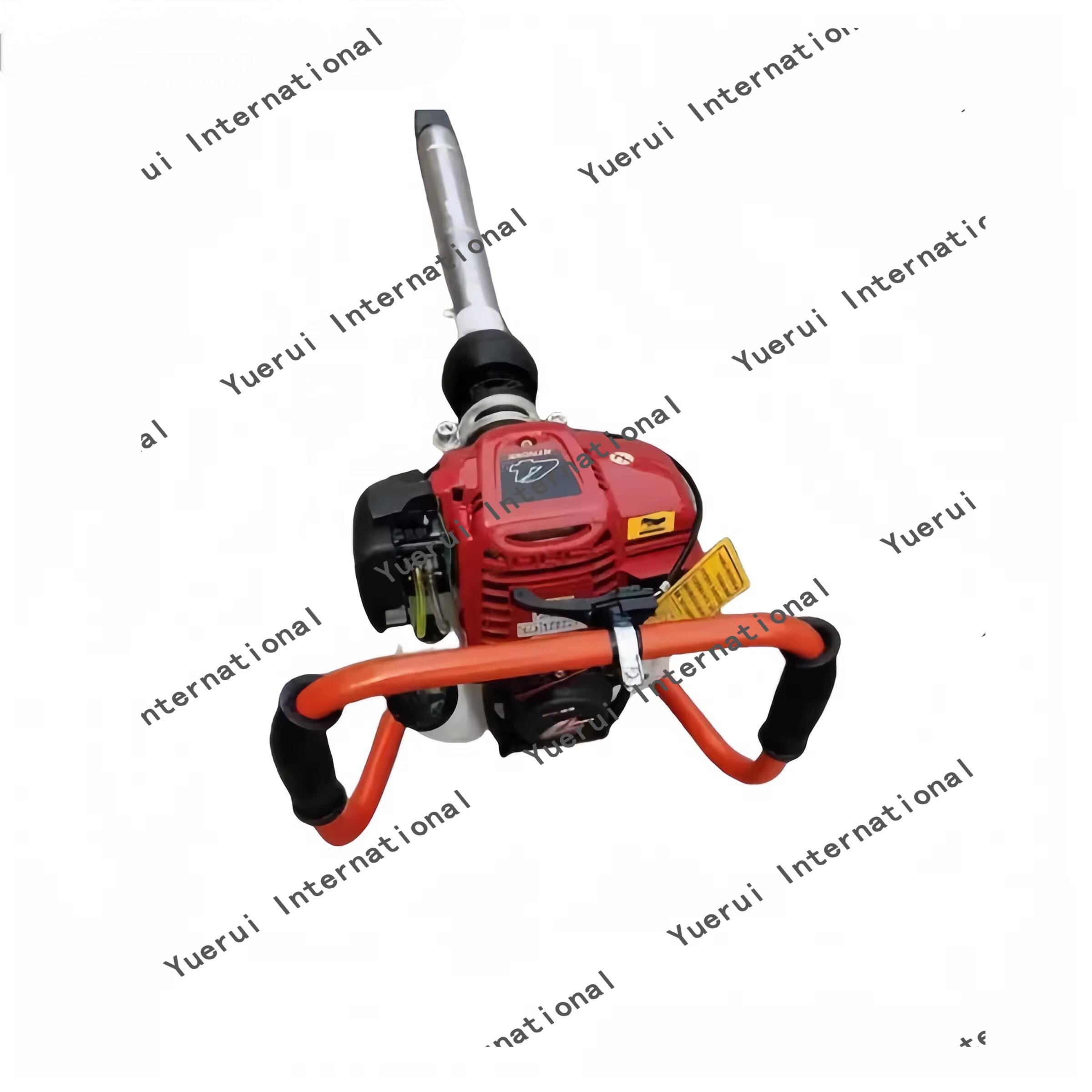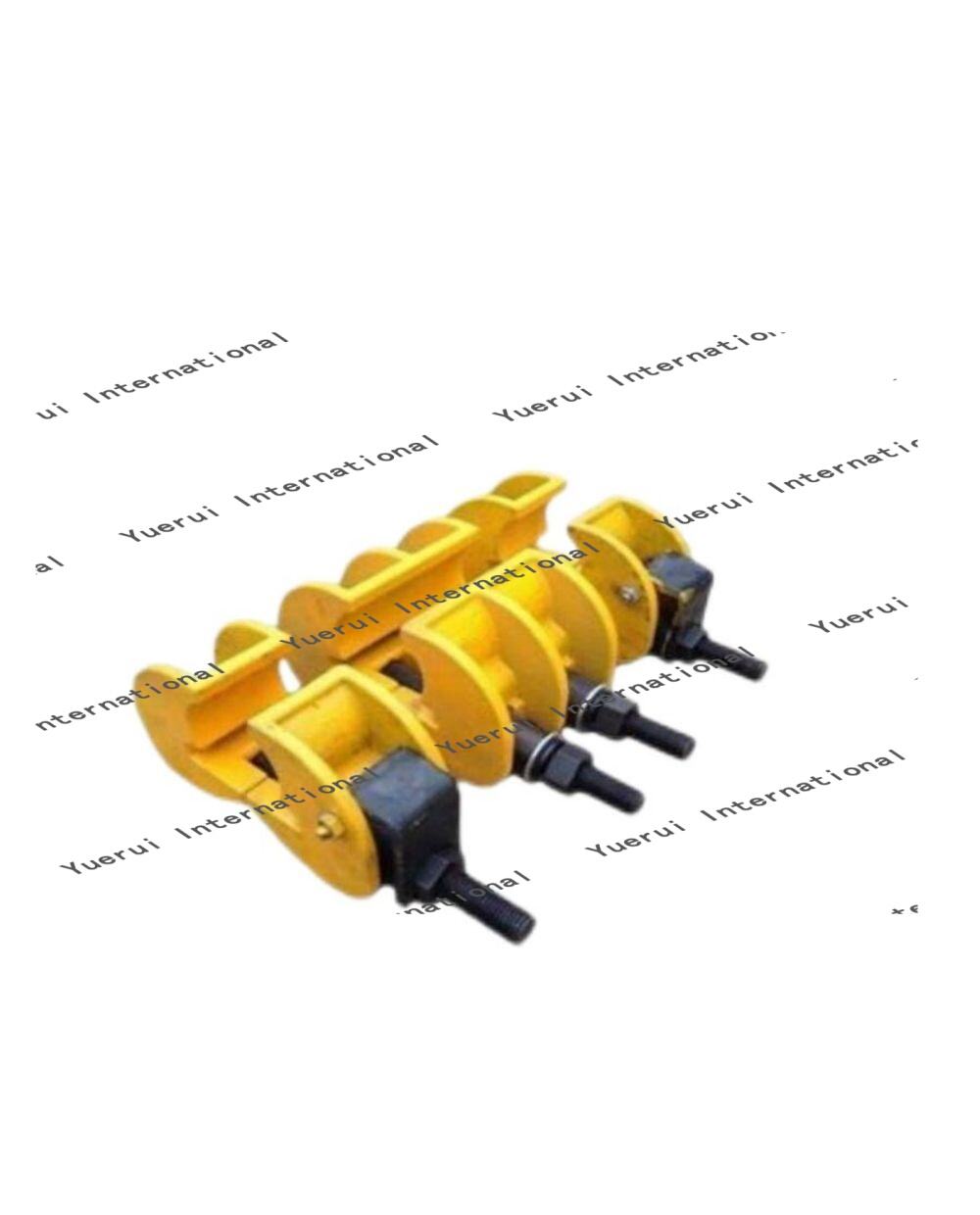The Critical Role of Equipment Reliability in Modern Rail Infrastructure
The evolution of high-speed rail networks has revolutionized transportation across the globe, making durable railway equipment more crucial than ever. From advanced signaling systems to robust track components, the reliability of railway infrastructure directly impacts the safety, efficiency, and longevity of these ambitious projects. As nations invest billions in expanding their high-speed rail networks, the significance of equipment durability has moved to the forefront of railway engineering and planning.
Modern high-speed trains operate at velocities exceeding 300 kilometers per hour, subjecting tracks, switches, and supporting infrastructure to unprecedented stress levels. This demands railway equipment that can withstand extreme conditions while maintaining optimal performance. The integration of durable railway equipment not only ensures continuous operation but also significantly reduces maintenance costs and potential system failures.
Engineering Excellence in Railway Infrastructure
Materials Innovation and Durability Standards
The foundation of reliable railway systems lies in the materials used to construct essential components. Advanced steel alloys, composite materials, and innovative concrete formulations form the backbone of durable railway equipment. These materials undergo rigorous testing to ensure they meet or exceed international durability standards, particularly for high-speed applications where material failure is not an option.
Engineers continuously research and develop new materials that offer enhanced wear resistance, improved thermal stability, and superior load-bearing capabilities. The implementation of these advanced materials in railway equipment has led to significant improvements in track longevity and reduced maintenance requirements, making high-speed rail projects more economically viable in the long term.
Precision Manufacturing Processes
The manufacturing of durable railway equipment demands exceptional precision and quality control. Modern production facilities employ automated systems and advanced quality assurance protocols to ensure every component meets strict durability specifications. This attention to detail extends from the smallest fasteners to the largest track segments, creating a comprehensive system of reliable infrastructure elements.
Computer-aided design and manufacturing processes have revolutionized the production of railway equipment, enabling tighter tolerances and more consistent quality. These technological advances ensure that each piece of equipment can withstand the rigorous demands of high-speed rail operations while maintaining its structural integrity over extended periods.

Operational Benefits of Durable Infrastructure
Enhanced Safety Through Reliability
Safety remains the paramount concern in high-speed rail operations, making durable railway equipment an essential component of risk management strategies. Equipment that maintains its structural integrity and operational characteristics over time provides a more consistent and predictable operating environment. This reliability translates directly into enhanced safety measures for both passengers and operational staff.
Regular monitoring and testing of railway equipment helps maintain this safety standard, with durable components providing longer intervals between necessary maintenance activities. This reduced maintenance frequency not only improves operational efficiency but also minimizes the potential for human error during maintenance procedures.
Cost-Effectiveness and Long-Term Value
The initial investment in durable railway equipment often represents a significant portion of high-speed rail project budgets. However, this upfront cost is justified by the substantial long-term savings in maintenance, replacement, and operational disruptions. High-quality, durable components typically offer extended service lives, reducing the frequency of replacements and associated labor costs.
Financial analyses consistently demonstrate that investing in superior quality railway equipment yields positive returns through reduced lifecycle costs. This economic advantage becomes particularly apparent in high-speed rail applications, where service interruptions for maintenance or repairs can have significant financial implications.
Environmental Impact and Sustainability
Reduced Material Consumption
The implementation of durable railway equipment contributes significantly to environmental sustainability goals. Longer-lasting components reduce the need for frequent replacements, thereby decreasing the overall consumption of raw materials and energy required for manufacturing new equipment. This reduction in material usage aligns with global efforts to minimize the environmental footprint of transportation infrastructure.
Additionally, modern durable railway equipment often incorporates recycled materials and is designed with end-of-life recycling in mind, further enhancing its environmental benefits. This circular approach to infrastructure development represents a crucial step toward more sustainable rail systems.
Energy Efficiency and Performance
Durable railway equipment often incorporates design features that optimize energy efficiency during operation. Well-maintained, reliable infrastructure components reduce friction, minimize energy loss, and ensure optimal performance of high-speed trains. These characteristics not only improve operational efficiency but also contribute to reduced energy consumption and lower carbon emissions.
The relationship between equipment durability and energy efficiency extends to the entire rail system, where reliable components work together to create a more sustainable transportation network. This synergy becomes increasingly important as rail operators worldwide seek to minimize their environmental impact while maintaining high service standards.
Future Perspectives and Innovation
Smart Infrastructure Integration
The future of durable railway equipment lies in its integration with smart technology. Advanced sensors and monitoring systems are being embedded within infrastructure components, enabling real-time performance tracking and predictive maintenance capabilities. This technological evolution ensures that equipment durability is continuously monitored and maintained at optimal levels.
The development of smart infrastructure solutions promises to further enhance the longevity and reliability of railway equipment through early detection of potential issues and more efficient maintenance scheduling. These innovations represent the next frontier in ensuring the durability and efficiency of high-speed rail systems.
Adaptation to Climate Change
As global climate patterns continue to evolve, durable railway equipment must adapt to more extreme weather conditions. Engineers are developing new materials and designs that can withstand higher temperature variations, increased precipitation, and more frequent severe weather events. This adaptation ensures that high-speed rail infrastructure remains reliable regardless of environmental challenges.
Climate resilience has become a critical factor in the development and selection of railway equipment, with durability specifications increasingly accounting for long-term climate projections. This forward-thinking approach helps protect infrastructure investments and maintain operational reliability in the face of changing environmental conditions.
Frequently Asked Questions
How long does durable railway equipment typically last in high-speed rail applications?
High-quality durable railway equipment designed for high-speed rail applications typically has a service life of 25-50 years, depending on the specific component and usage conditions. This extended lifespan is achieved through superior materials, precise manufacturing, and regular maintenance protocols.
What makes railway equipment suitable for high-speed operations?
Railway equipment suitable for high-speed operations must possess exceptional strength, wear resistance, and stability. Key factors include advanced material composition, precise manufacturing tolerances, and design features that account for high-speed stresses and vibrations.
How does weather affect the durability of railway equipment?
Weather conditions can significantly impact railway equipment through temperature fluctuations, moisture exposure, and extreme events. Modern durable equipment incorporates weather-resistant materials and protective coatings, along with design features that accommodate thermal expansion and contraction while maintaining structural integrity.

